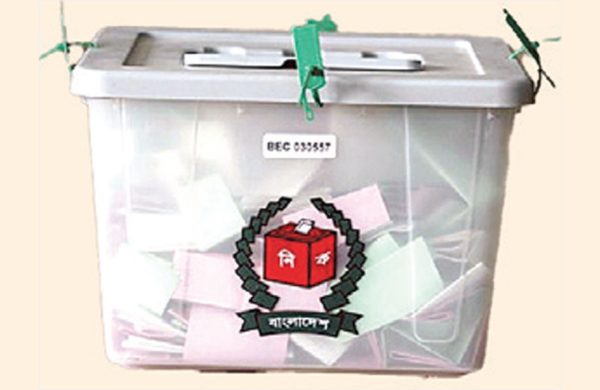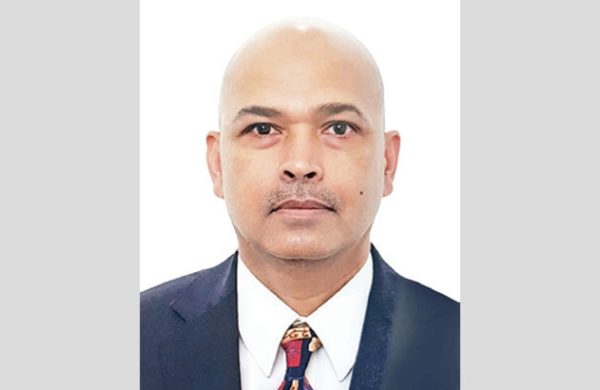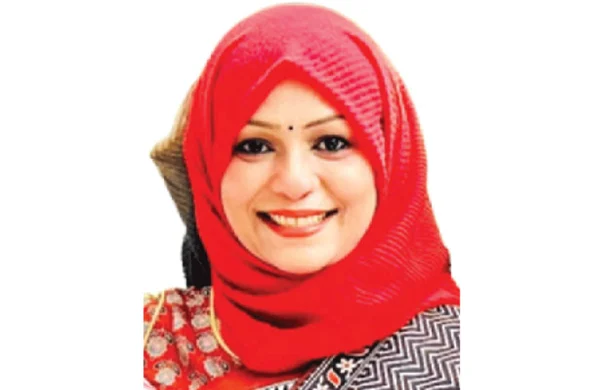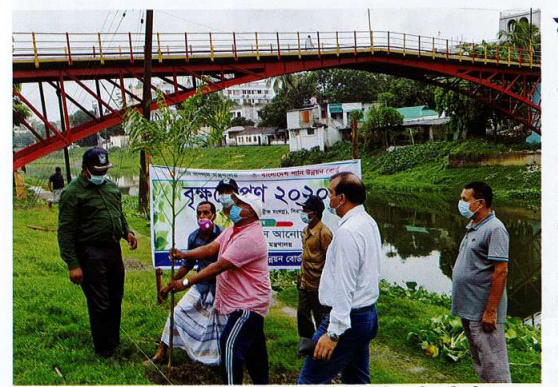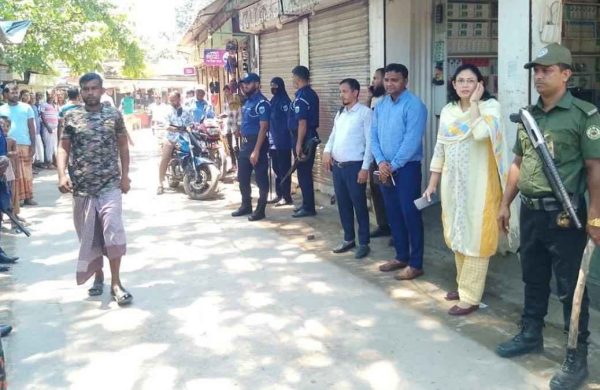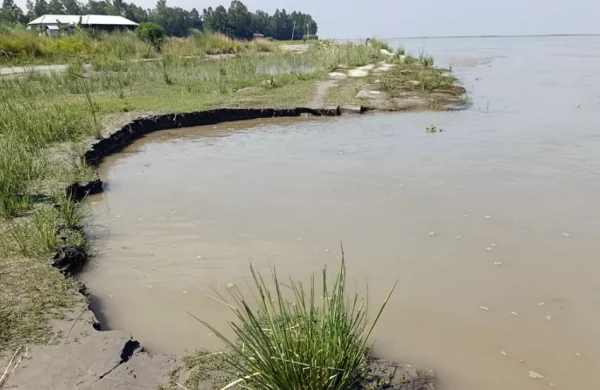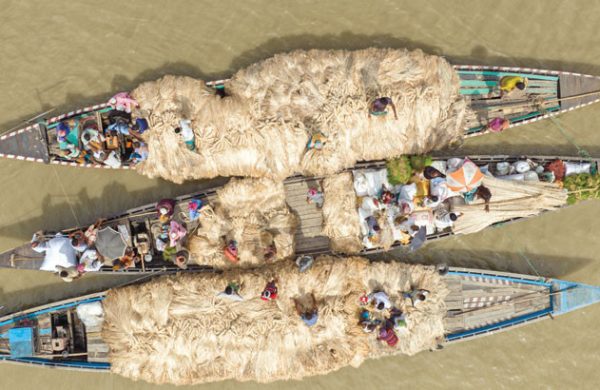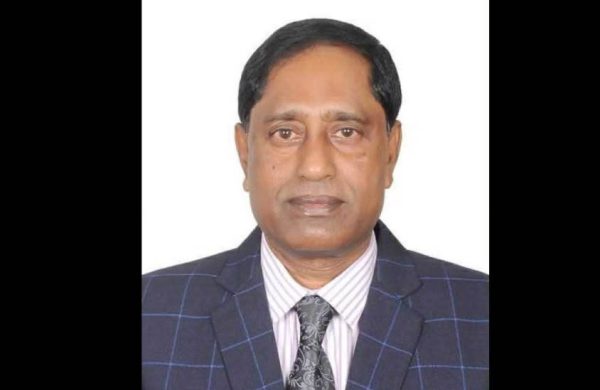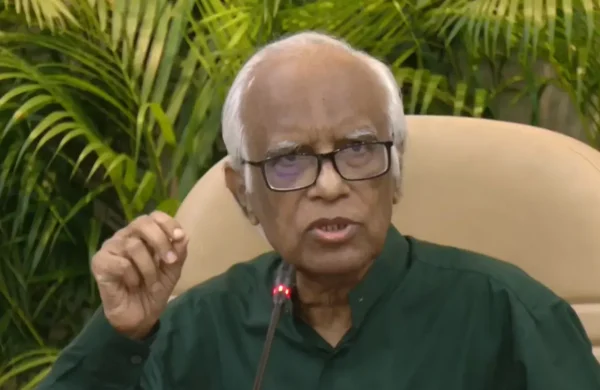A Path to Sustainable Agriculture
- Update Time : Monday, September 1, 2025

—Jiban Krishna Biswas—
In Bangladesh, crops are being grown without paying due attention to the necessity of protecting the environment. The production of rice, a vital crop, occupies 75% of the country’s cultivable land. This special focus on rice production has gradually transformed our arable rainfed land into irrigated rice fields. As a result, we have to squeeze the area of our traditional upland crops like wheat, pulse and oil crops.
Meanwhile, this initiative has generated a set of new challenges: an excessive reliance on imported wheat, pulses and oils; an alarming vulnerability to climate change; and an agricultural sector that is a leading source of potent methane emissions.
The irrigated rice, irrespective of its growing season, is the nation’s largest source of agricultural methane, a greenhouse gas over 28 times more potent than CO2. This issue is a global concern to the international organisations like the United Nations Framework Convention on Climate Change (UNFCCC). A PATH TO SUSTAINABLE AGRICULTURE
Now, the crucial question is how to reduce methane emissions from rice cultivation without reducing the crop’s production? And how can the production of non-rice crops like wheat, pulses and oils be increased so that the burden of import can be reduced significantly? It is really difficult to find a way out of this situation. However, I have an observation which I prepared after analysing the data collected from BBS, DAE and FAO.
The observation establishes a precise baseline, quantifying the current rice coverage at 11.84 million hectares, with the high-yielding Boro season occupying 5.0 Mha (million hectares) and Aman another 5.75 Mha. By modelling a spectrum of scenarios—from releasing 0% to 30% of this land for other crops and applying a range of current average yield to attainable yield—the observation identifies a critical threshold.
This observation reveals that a reallocation of 5–10% of rice land is not just feasible but advisable. At attainable yield levels (4.0 t/ha for overall rice, 5.0 t/ha for Boro, and 3.5 t/ha for Aman), this level of diversification allows national rice production to still meet or even slightly exceed the estimated requirements of 42 million tonnes. Beyond a 15% land release, however, production falls below this critical food security threshold, introducing unacceptable risk without major breakthroughs in yield technology.
This “safe” release of land opens a door to a more resilient future. The benefits of shifting this area to upland crops are profound and multi-faceted.
First, it directly bolsters economic and nutritional security. The released land could be utilised to grow wheat, pulses and oilseeds, maize, vegetables, and jute. This diversification definitely helps in reducing the import burden and saving the foreign currency. Not only that, but this crop diversification can contribute to food security through balancing their nutritional ability among them.
Second, this strategy is a powerful climate mitigation tool. As per the observation, there is a relationship between the percentage of irrigated rice land converted to rainfed or less irrigated upland cropland. If 5–10% of irrigated land is converted to upland, the reduction of methane emission is more or less 5–10%. This potentiality can be increased substantially if rice in the crop diversification programme is grown through climate-smart practices like alternate wetting and drying (AWD) irrigation technology. The AWD is a cost-effective technology, and it has the potential to reduce water use and methane emission by around 30% each.
Third, this transformation can improve the adaptability of a cropping system to the adverse climatic conditions. The water requirement is significantly less for the upland crops like maize, pulses and oilseeds, and they could be grown even exclusively under rainfed conditions. Thus the massive demand on groundwater, a grave concern in many parts of the country, can be lessened significantly. Thus, Bangladesh can withstand the climate stresses like drought, flood and salinity, even the pest resurgence, through the creation of the transformation.
This 3-in-1 package should not be limited to a policy note. It needs integrated institutional support. The relevant authority should strengthen the extension service and provide economic incentives to the farmers. Moreover, the farmers should have easy access to the bank. There should be enough infrastructure for storage facilities for perishable crops and marketing so that the farmers can utilise these facilities. At the same time the scientists should continue their research to develop climate-resilient crops and cultural practices. Finally, all these essential elements must be intertwined into comprehensive climate-scale programmes to mainstream to the national scale.
In conclusion, this indication is quite vibrant: a strategic, carefully calibrated shift of 5–10% of rice land to diversified upland crops is attainable without affecting total rice production. This observation is to advise the farmers to achieve food security and a better position in the global environment in a sustainable way.
——————————————————————-
The writer is a Senior Consultant of IFAD, former Director General of BRRI and former Executive Director of KGF




